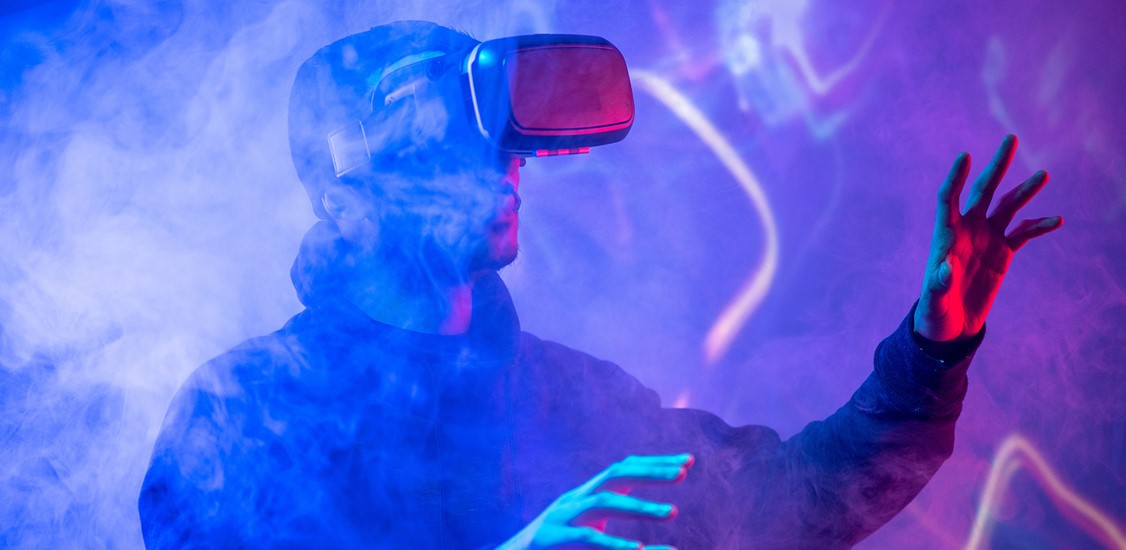Our world in the year 2030 may still be miles away from looking like a futuristic set-up, but it will still have enhanced technologies that look like they came out of the realms of science fiction.
While still in a nascent stage, early developments of that future look promising. These developments are also becoming more ubiquitous, with innovators developing Web 3.0 applications using blockchain technologies – meeting the demand of more people wanting greater data ownership through non-fungible tokens (NFTs), cryptocurrencies, as well as the metaverse.
Of these developments, the metaverse is the one to watch. Its concept encompasses a fully-immersive, hyper-realistic virtual world that caters to all senses, bridging communities and societies that are physically separated, harnessing collaborations and coming together to have a collective experience in the same digital space.
However, this does not stop with just the idea of exploring one common metaverse. Rather, there will be the presence of a strong network that connects and powers up multiple metaverses, each created to cater to different purposes, using different types of technologies made possible with further augmentation of 5G, 5G-Advanced, and eventually, 6G.
Communication service providers (CSPs) and technology leaders are already publicizing early efforts and demonstrations of what the metaverse and 6G could potentially look like. By 2030, this novel concept will become a reality through different stages – from 5G enabling Industry 4.0 applications, to 5G-Advanced, and eventually leading up to 6G, with extreme connectivity and ultra-low latency for users to experience virtual and augmented realities while on the go.
#1: Multiple metaverses
The metaverse will not just be about exploring a simulated virtual world, but also an experience that fuses physical and digital realities, enabling users to create or manipulate representations of real-world objects, systems and processes in the digital world. This is made possible with detailed digital twins, which allow users to test and predict outcomes in the digital world before it happens in physical reality.
Retrospectively, what most people know and understand about the ‘metaverse’, is the consumer metaverse. This metaverse provides an immersive experience for users to fully dive into their entertainment of choice, whether it be music, movies or games. It can also be used as an extension of users’ social interactions in the same space, and it amplifies physical experiences like shopping, travelling and live events.
There are other metaverses that we imagine would be commonplace in the future – the industrial metaverse and the enterprise metaverse. While they are all different, they share some common technology build-up, namely user interactions with the metaverse through XR (extended reality). This form of XR allows users to explore the world on the go, and not just confined to being at home or work.
The industrial metaverse has immense growth potential. While still in its formative stages, it is already revolutionizing the way operations function through the usage of the digital twin. Vehicle manufacturers can build engines or vehicle designs to simulate how the vehicle can move in real life, and ports can use digital twins to track every container on their docks. This metaverse allows for visualization of operations while also keeping costs down, increasing productivity, safety and flexibility.
Meanwhile, the enterprise metaverse will have core productivity applications that could make businesses function smoothly, especially as corporations are moving towards a hybrid working model following the COVID-19 pandemic. Design-centric businesses like architecture or engineering can utilize the enterprise metaverse to create designs in the digital world before translating them into real-time projects. Corporate employees may tune into company meetings or trainings through VR (virtual reality) designed meeting spots within the metaverse, from wherever they are, enhancing the way employees can collaborate.
#2: Powering the metaverse with 6G
Powering these metaverses would not be possible without a strong underlying network. This is where 6G will come in; it can realize the enormous potential of the metaverses in the industrial, enterprise and consumer spheres. It will enable the massive capacity and scale needed to meet the growing demands within the metaverse, such as fully immersive augmented and virtual realities, digital twins and biosensors.
As 6G development progresses, there is a critical need for a comprehensive set of security technologies, further supported by Artificial Intelligence and Machine Learning (AI/ML) and new principles of cyber-resilience. Automated, distributed and cognitive security operations will become vital, including anonymization and privacy-preserving technologies that balance data exposure and legitimate analytics. Furthermore, with the development of the metaverse, biometric or digital identities could be an added security risk, so the 6G network has to be intelligent to identify threats and address them accordingly.
6G also touts having networks as a sensor and extreme connectivity. These allow humans to extend their primary senses through wireless networks, which allow for detection, navigation and ranging beyond a human’s capabilities and surroundings. As the metaverse will be a hyper-realistic space, users can interact with objects, people or the environment with the aid of devices that provide haptic feedback and the 6G network acting as extensive sensors.
#3: Shaping a 6G-powered metaverse future
With our expectations for the metaverse and 6G network, we foresee the world in 2030 to be interconnected through technological advancements, where an eco-system of players will unlock infinite new opportunities , and develop, integrate, use, and maintain new applications and devices that support the metaverse for consumers, enterprises and industries.
The current developments are projected to eventually have a rich, open, innovation-focused, multi-party value ecosystem for developers, solution and service providers, and network operators. They will drive collaboration, fuelled by emerging digital engagement tools and as-a-service business models. Therefore, CSPs must work together with technology leaders and early adopters to showcase what a scaled-out digitally connected future can look like.






















